
“Pyre” (1890s)
by Charles Jay “CJ” Taylor (1855-1929)
5 x 5.75 inches, ink on board
Coppola Collection
Taylor originally studied law at Columbia University, then moved to art at the Art Students League, the National Academy of Design (with Eastman Johnson) and City College of New York, as well as in London and Paris. Taylor painted hundreds of landscape pictures in oil, which he sold to dealers and at auction. He started contributing illustrations to the New York’s Daily Graphic in 1873, and also to magazines such as Harpers, Puck and Punch.
His book ‘Taylor Girls’ gained him international acclaim. He returned to painting in the later part of his life, and spent 18 years as the head of the Painting and Decoration Department in the College of Fine Arts at the Carnegie Institute of Technology (the Carnegie Alma Mater song is his composition).






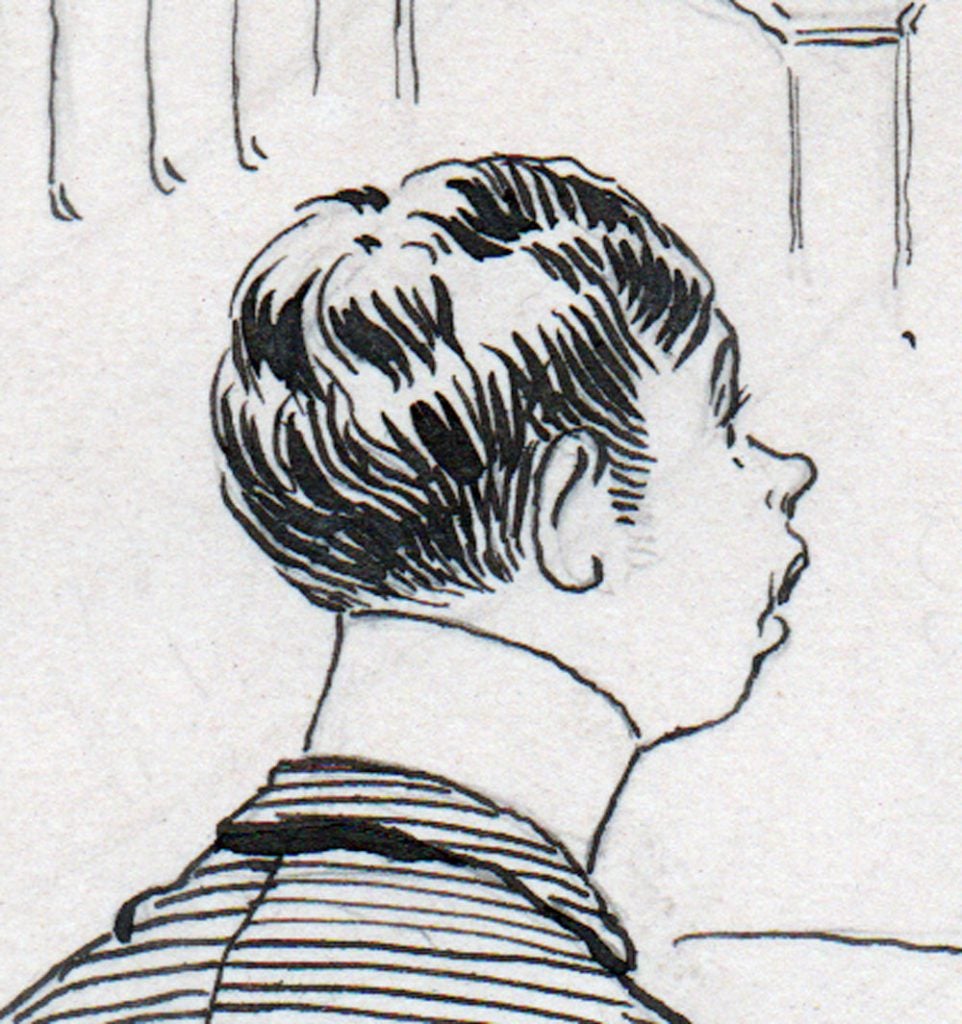
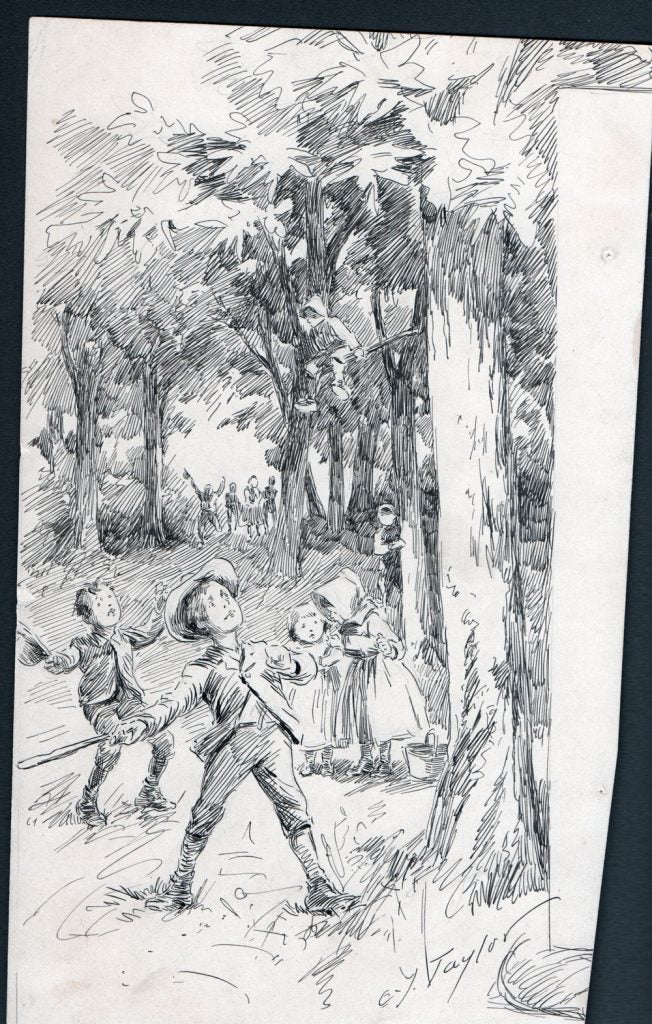
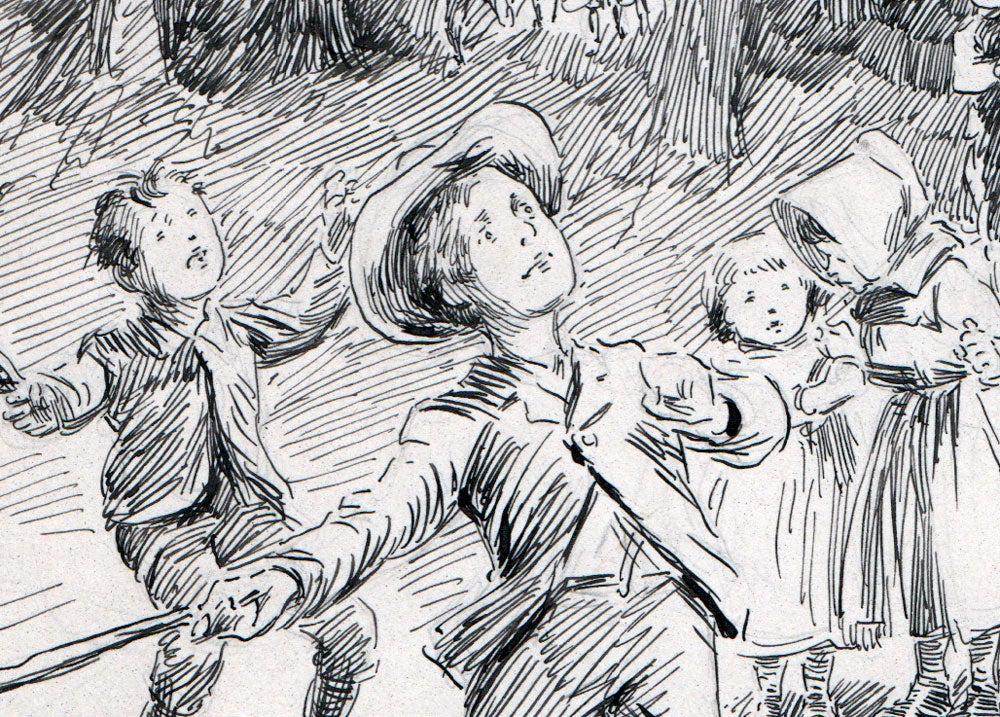

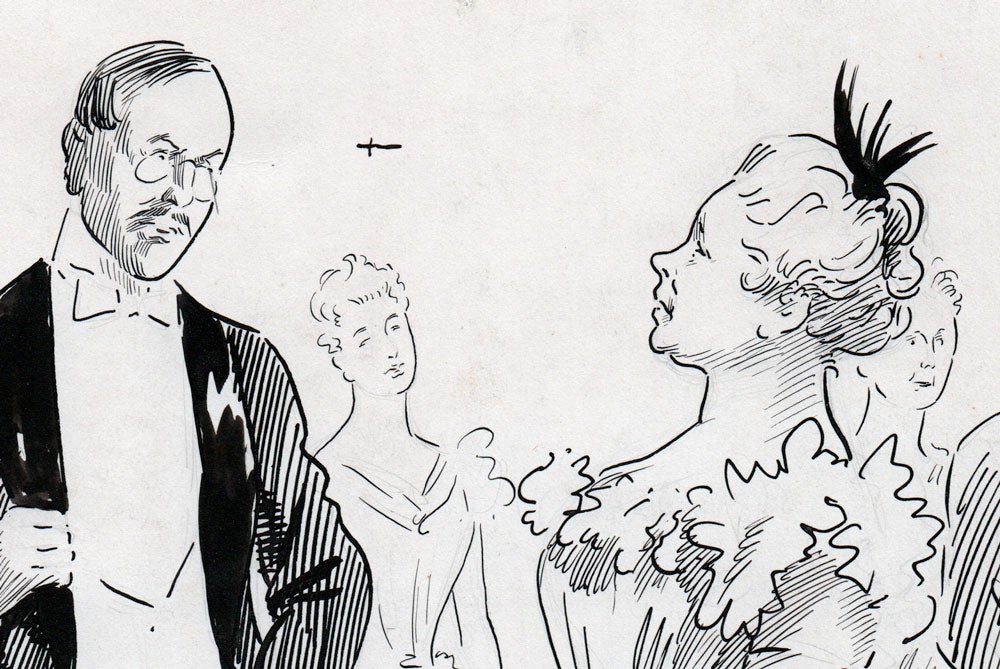




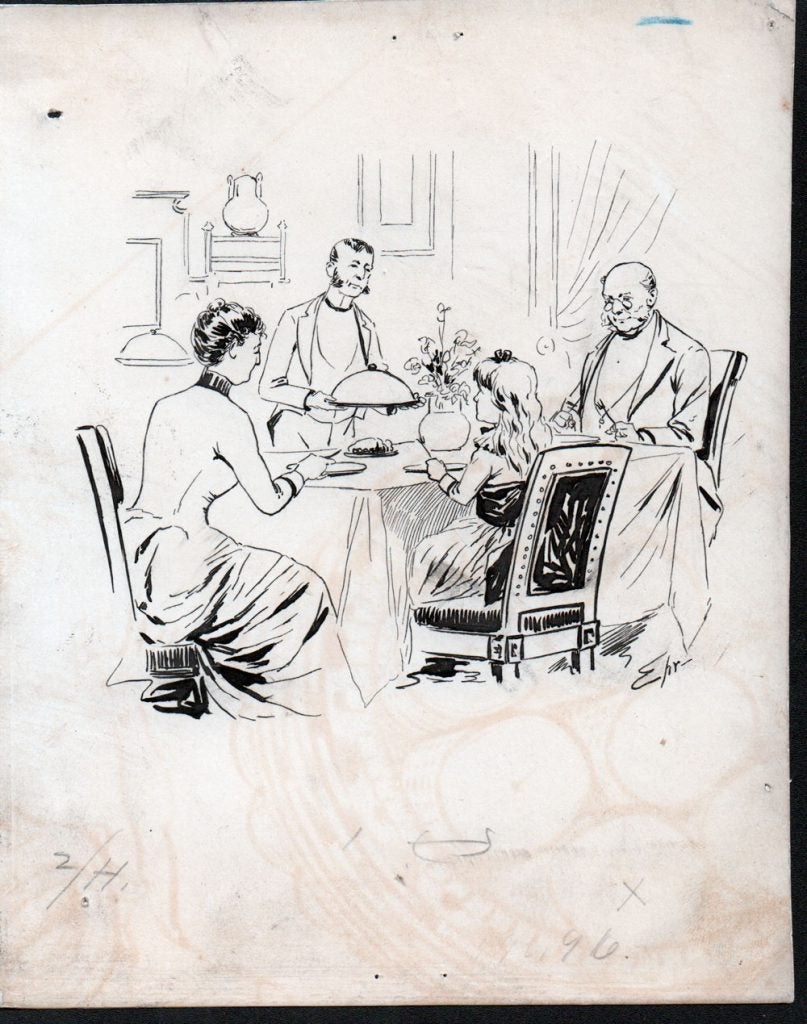


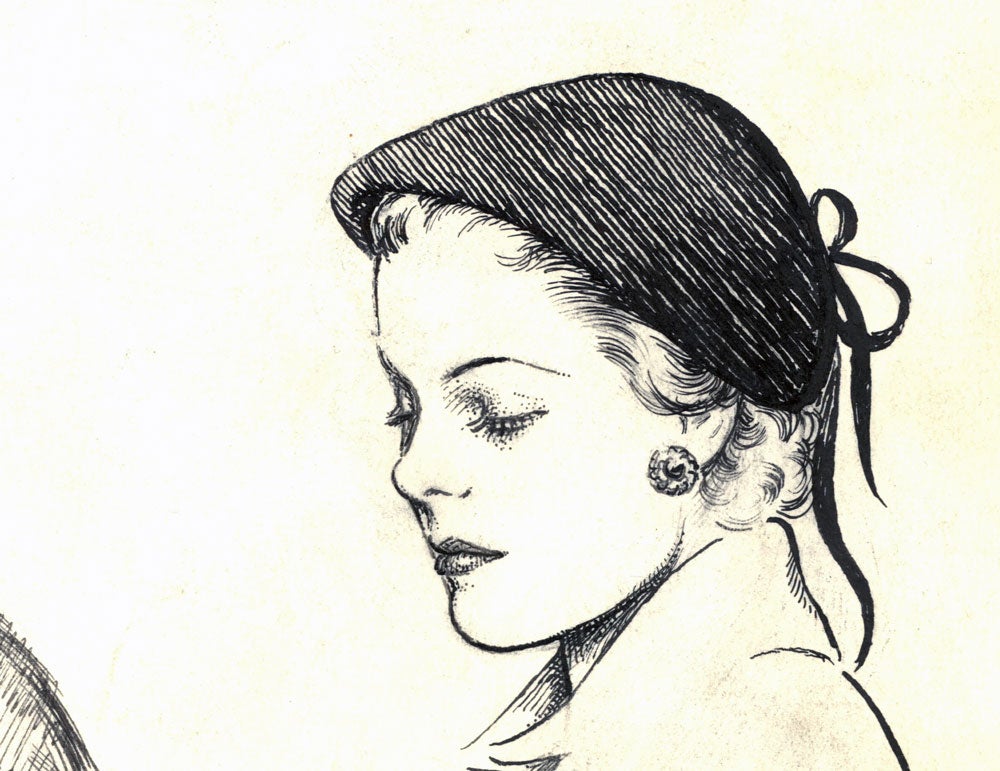

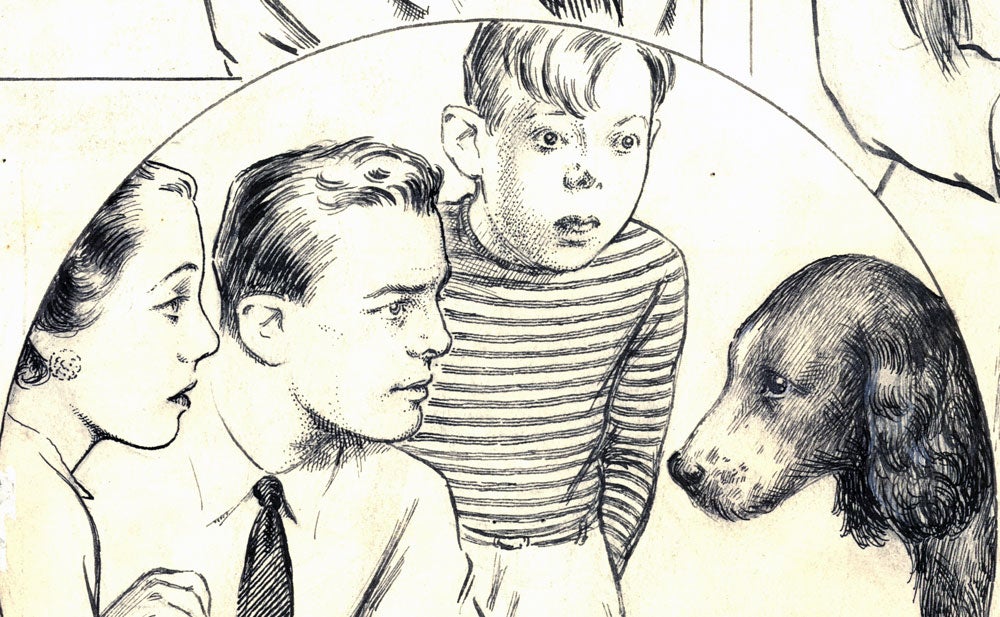

 “A Big Catch” (parts 1 & 2)
“A Big Catch” (parts 1 & 2)


